Phone: (714) 695-1566
Fax: (714) 695-1553
Email: info@salinaspt.com
23655 Via Del Rio, Suite C
Yorba Linda, CA 92887
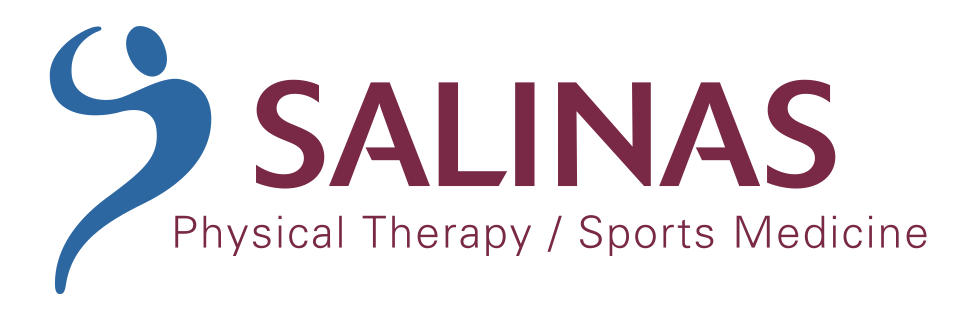
Phone: (714) 695-1566
Fax: (714) 695-1553
Email: info@salinaspt.com
23655 Via Del Rio, Suite C
Yorba Linda, CA 92887
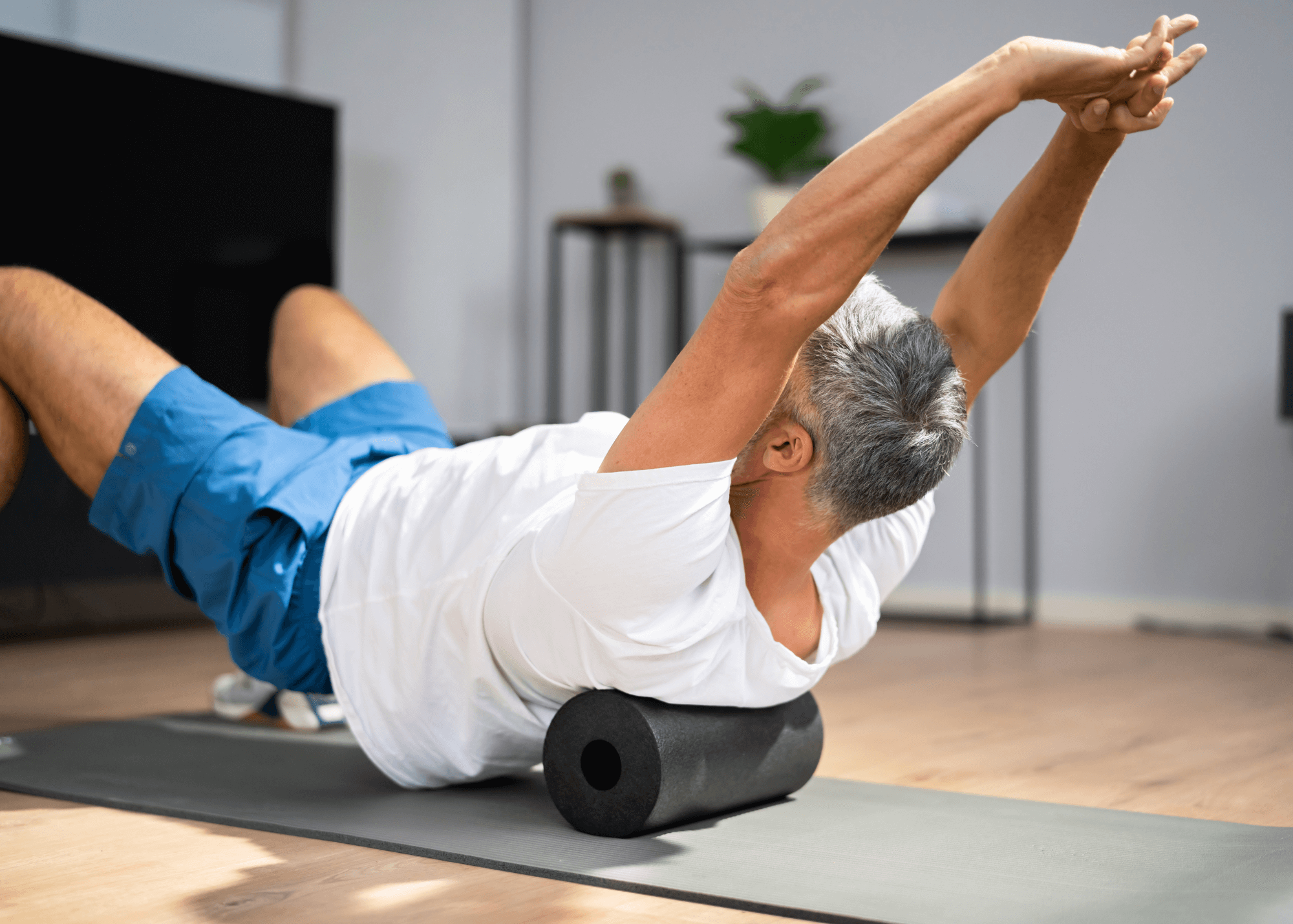
Are you tired of being held back or loosing mobility from nagging back pain? You are not alone! Physical therapy and movement education might just be the key to breaking free and rediscovering the joy of pain-free movement. In this article, we’ll explore the ways physical therapy effectively reduces back pain and restores mobility, providing you with 5 actionable tips for a healthier back. Before jumping in, let’s touch briefly on the common causes of back pain.
Your spine is designed to move! However, conditions like poor posture, muscle strain, herniated discs, or more serious conditions like spinal stenosis, back pain can significantly impact your daily life. As physical therapists, much of our responsibility lies in educating people on ways to improve posture, strengthen core muscles and movement education so people don’t end up with pain in the first place. Here are the top contributors to back pain:
Most general causes of back pain are preventable. Since our bodies are designed to move, we must first evaluate the ability of our body to support the spine. There are three main systems that support your back. The passive system, which is made up of your discs, ligaments, and bones. The active system, which is made up of your muscles, and the control system which is your neurological ability to manage movement.
These support system primarily consists of the core muscles. When your body has the strength to support the spinal structures, it becomes less likely that your body will slump out of alignment. Here are 5 core strengthening exercises to add to your weekly routine:
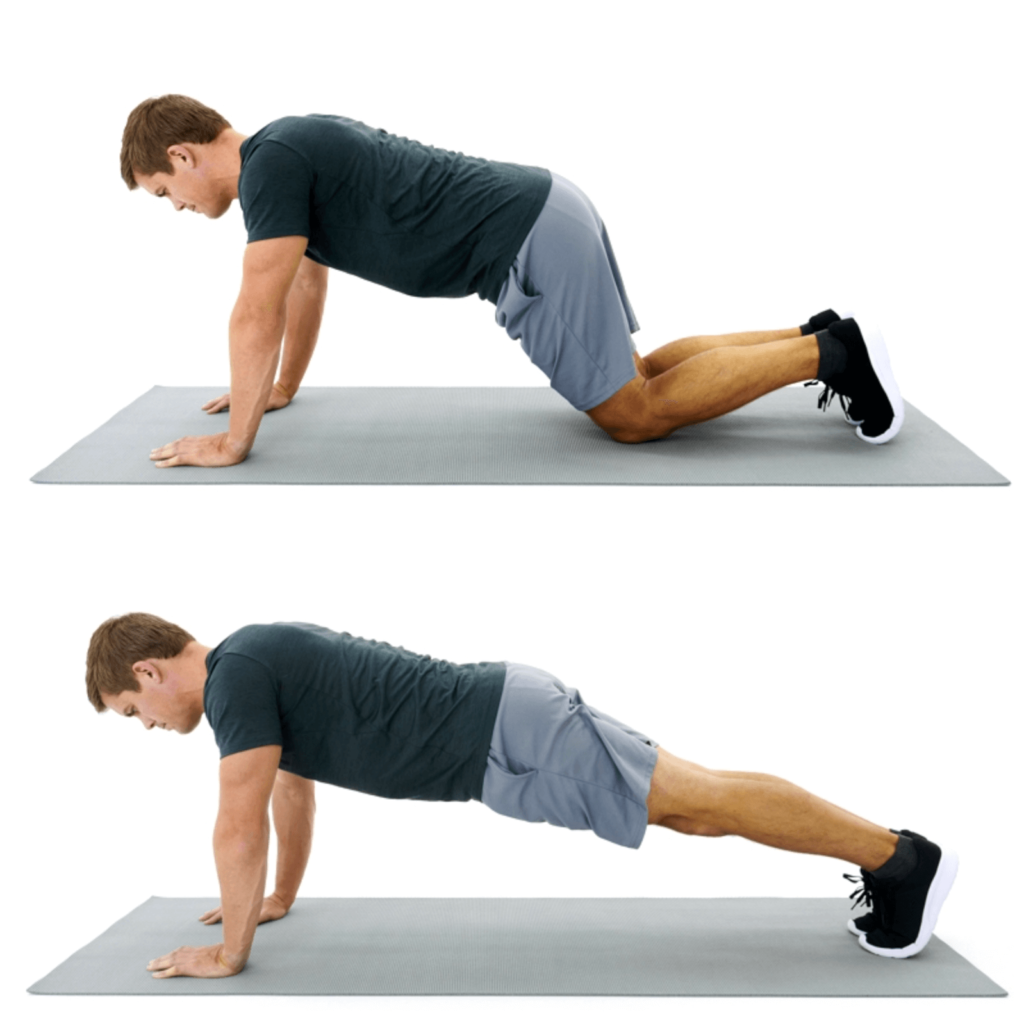
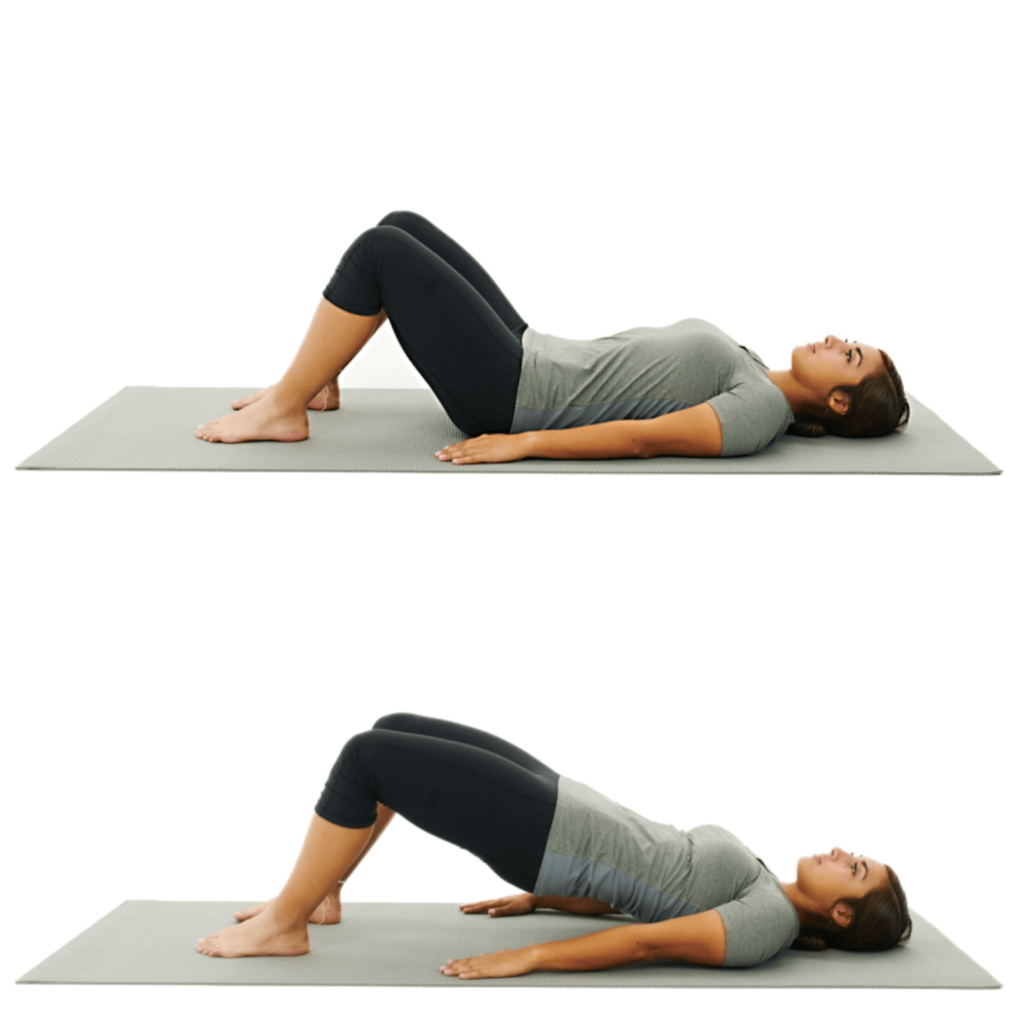
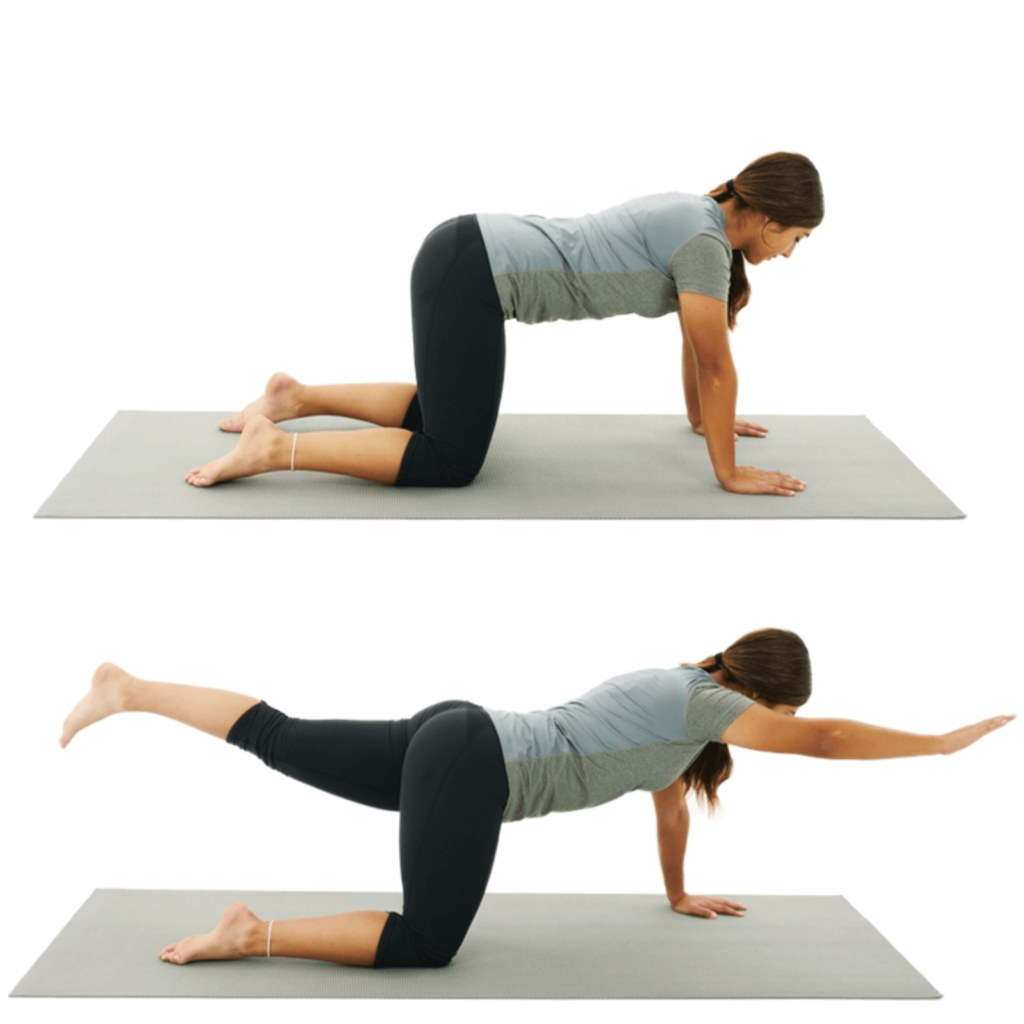
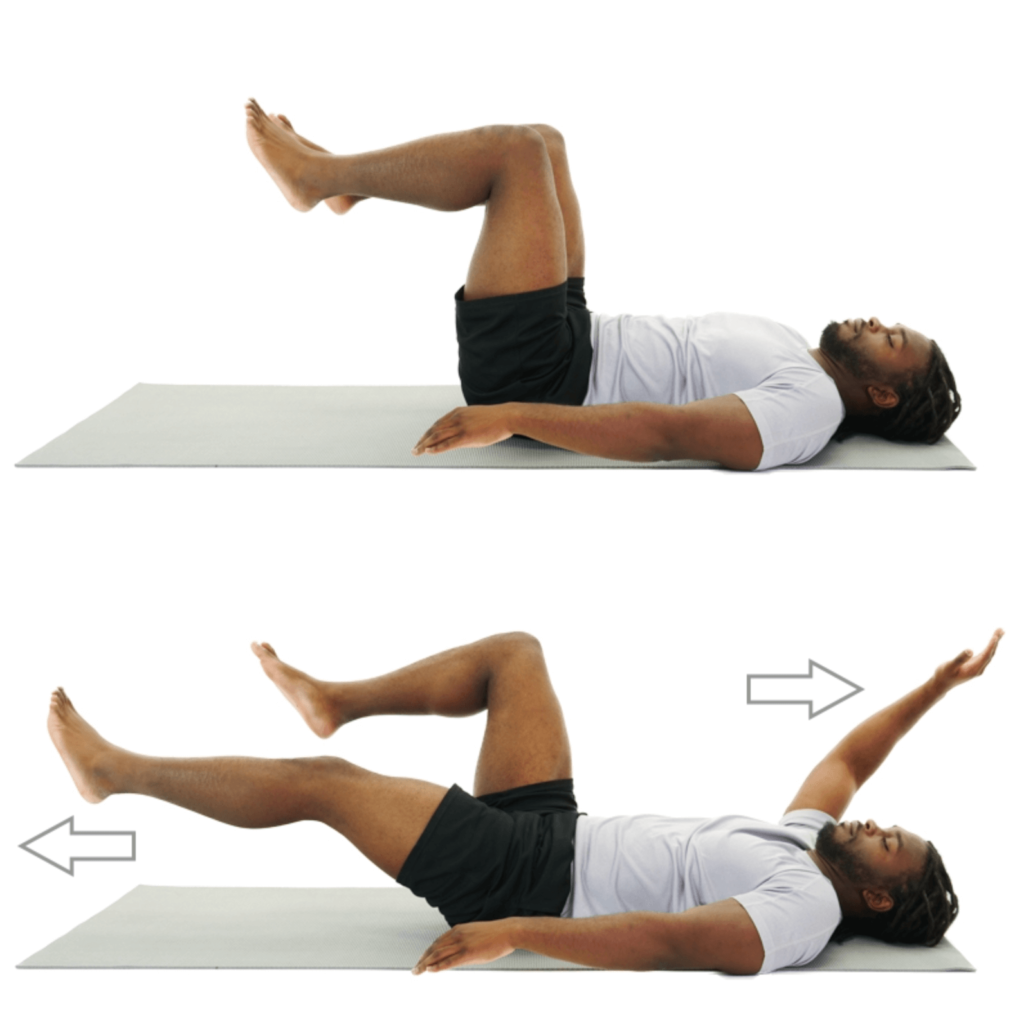
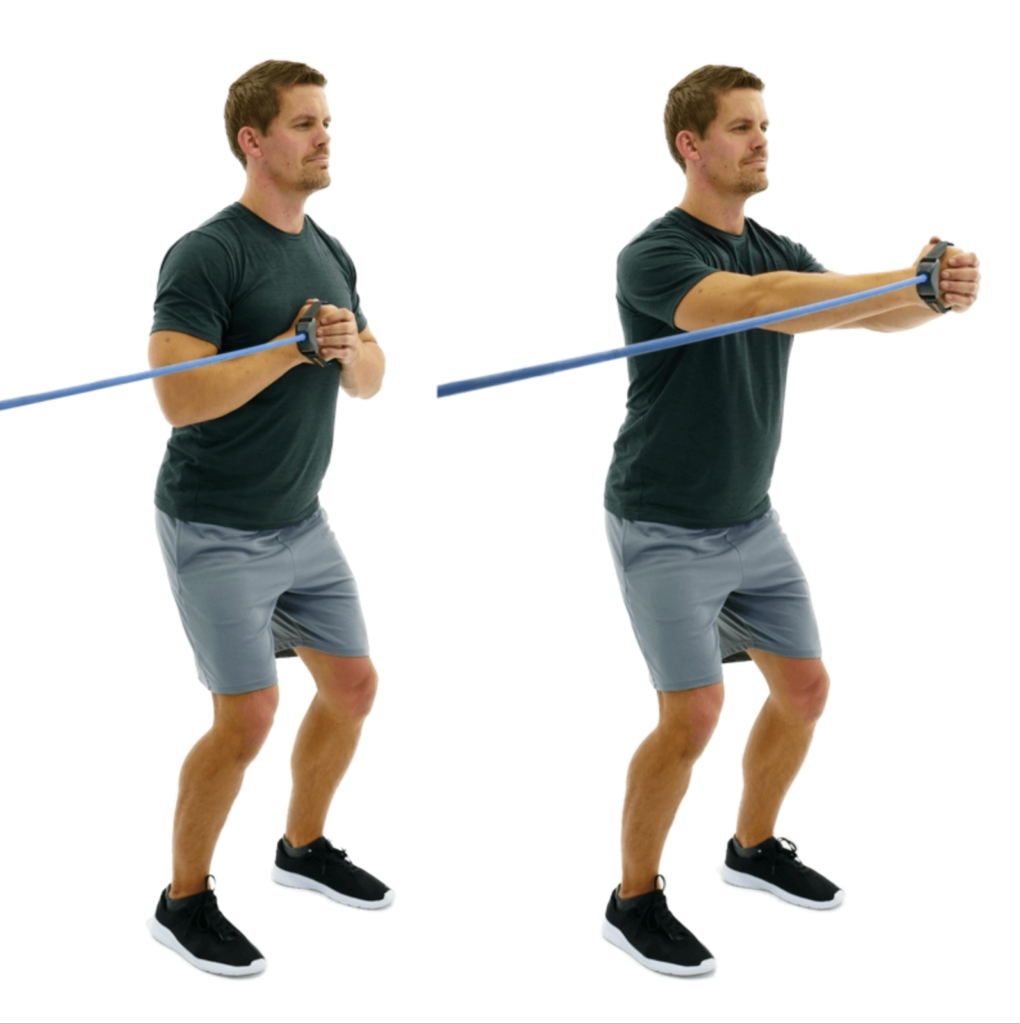
Since back pain can stem from various conditions, it’s imperative to understand why you are experiencing the pain in the first place. In the clinic, we often find that many people who are suffering from back pain present with poor posture, weak abdominal strength, and practice poor body mechanics. If you would like to learn more about how to improve your condition check out our blog article on 10 Tips for Managing Low Back Pain, and Understanding Neck Pain to find more resources that can help improve your condition. As always, if you or someone you know is suffering from back pain, our team can help.
In Good Health,
– The Salinas Team
Disclaimer: The information provided on SalinasPT’s website is for general informational purposes only and should not be considered a substitute for professional medical advice. We strive to ensure the accuracy and timeliness of the information. By using this website, you acknowledge that you assume full responsibility for any actions taken based on the information provided, and we disclaim all liability for any damages or consequences resulting from such actions. Always consult a qualified healthcare professional for personalized medical advice and treatment.